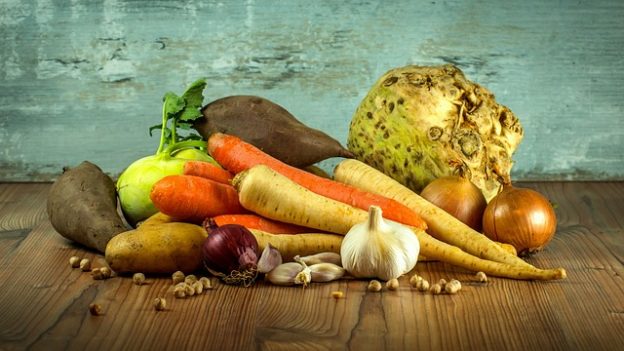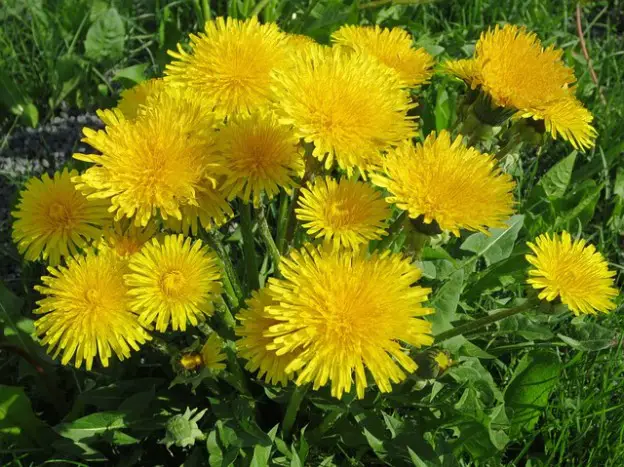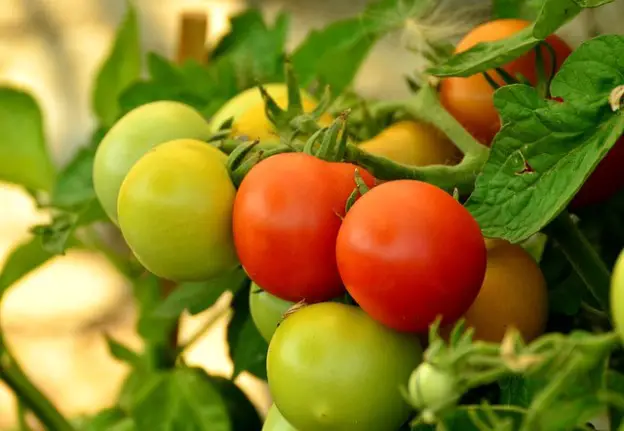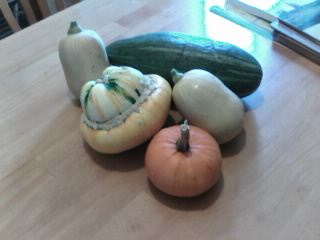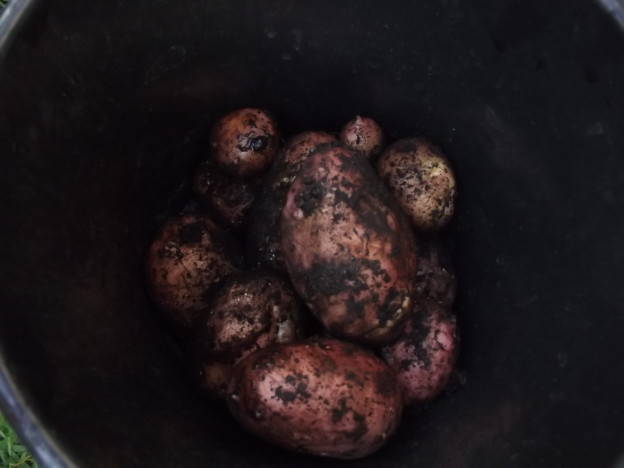Follow my blog with Bloglovin There seems to be some sort of elitist attitude amongst some gardeners. They feel every new gardener should struggle and learn through their failures.Well not any more, here are the top 15 tips for successfully growing vegetables that I wished someone had shown me when I started. Basics So you have a plot of land to cultivate as a vegetable garden. The first thing to do is clear the weeds, then decide what to plant where. I work according to the 4 crop rotation system that has been tried and tested for 100s of years…. → Read More
Do Tomato Plants Benefit From Garden Lime and Epsom Salts? Well I don’t know so it’s time to do some research to see what effect, if any adding these products to the soil when planting tomatoes has. What Is Garden Lime? Garden Lime or Ground Limestone with the active ingredient Calcium Carbonate is used primarily for vegetable crops to balance the soils PH levels. The PH levels indicate how Acid or Alkaline the soil is and can be determined by means of a simple test kit available at most garden centres. Too far to either end of the Acid/ Alkili… → Read More
As you know if you follow my posts, I like to grow my food organically. That doesn’t mean I don’t use fertilizer, I do but obviously I use organic fertilizer. So with that in mind I thought I would share with you the various feeds etc… I use on my plot. So how to help plants grow organically. How to help plants grow organically All plants need feeding at some point during their growing cycle. I usually feed mine when either they are in flower or, in the case of brassicas, when they look slightly off colour. The only vegetables… → Read More
Don’t dismiss Dandelions as just another problem weed to get rid of. Like Comfrey ,Dandelions have long tap roots which allow them to absorb minerals that other shallow rooted plants can’t reach. All parts of the Dandelion are edible, flowers, leaves, and roots. Dandelions contain the following:- Vitamin A Vitamin B Vitamin C Vitamin D Vitamin E Vitamin K Vitamin P Iron Potassium Zinc Calcium Lecithin Magnesium Niacin Phosphorus Boron Young Dandelion leaves can be used in salads and are quite sweet but older, fully grown leaves tend to be bitter and should be stripped from the central stem as the… → Read More
Tomatoes are one of the easiest plants to grow in my opinion. When growing tomatoes you have two choices either bush or cordon type. If you decide to grow bush type tomatoes you just leave all the growth to develop. Cordon tomatoes just have one main stem and you will need to take off growing spurs as they appear, this is quite simple to do as you can pinch them out with just your fingers. The growing spurs will grow between the main stem and the side branches at the “y” point. Growing Tomatoes Start your tomato seeds off in… → Read More
Sowing key: Spring Summer Autumn Winter Cabbages There are three types of cabbage, spring, summer, and winter. Spring cabbages should be sown in July-August and transplanted in September-October. Summer cabbages should be sown in March-May and transplanted in May-June. Winter cabbages should be sown in April-May and transplanted June-July. All cabbages/brassicas need to be firmed in hard, this is to prevent wind rock which will blow cabbages/sprouts which can be still be eaten but are just leaves. Sprouts Sprouts should be sown in mid spring and transplanted once four true leaves appear. As with all seedlings harden off for 7-10… → Read More
To my mind nothing is more pleasurable than successfully growing squashes.Squashes are relatively easy to grow, they pretty much all require the same things so I’ll bunch all of the following together; Courgettes Marrows Pumpkins Butternuts Cucumbers Patty pans Growing squashes Plant squash seeds in compost and start off about six weeks before last expected frosts where I am (Essex) this is usually late March. I grow one seed in a small pot then pot on as they develop usually I have to pot on three times before it is time to plant outside and the plants are usually quite well established… → Read More
Potatoes are a relatively easy crop to grow. There are from a growing point of view, three types of potatoes, commonly known as earlies, second earlies and main crop. So here’s how to grow spuds. Growing Spuds The difference is the amount of time they spend growing. Earlies or first earlies can be planted from late February and are ready to lift after about 10 to 12 weeks. Second earlies can be planted from March and are ready to lift after about 12 to 14 weeks. Main crop potatoes can be planted from March and are ready after about 18 to… → Read More



